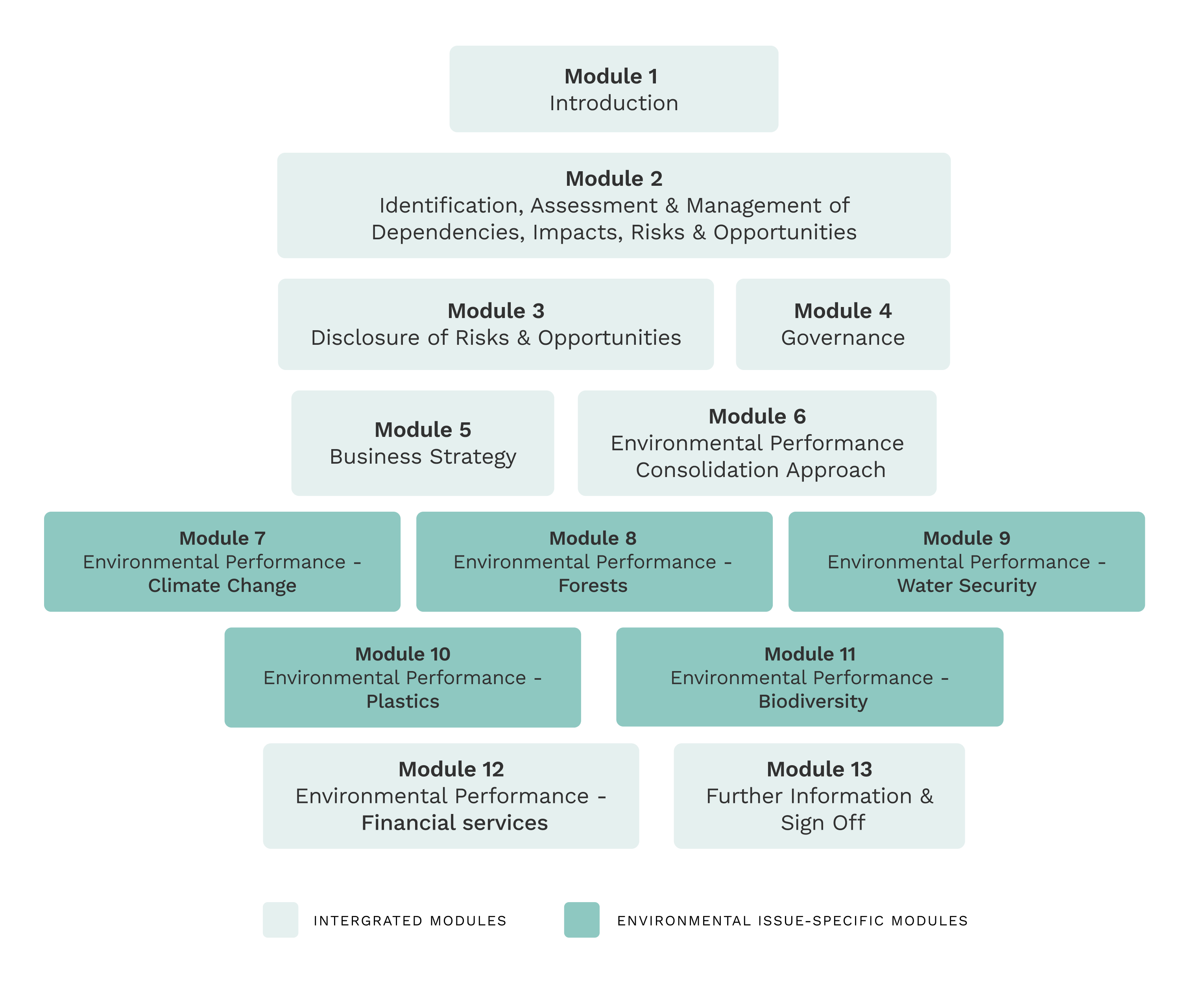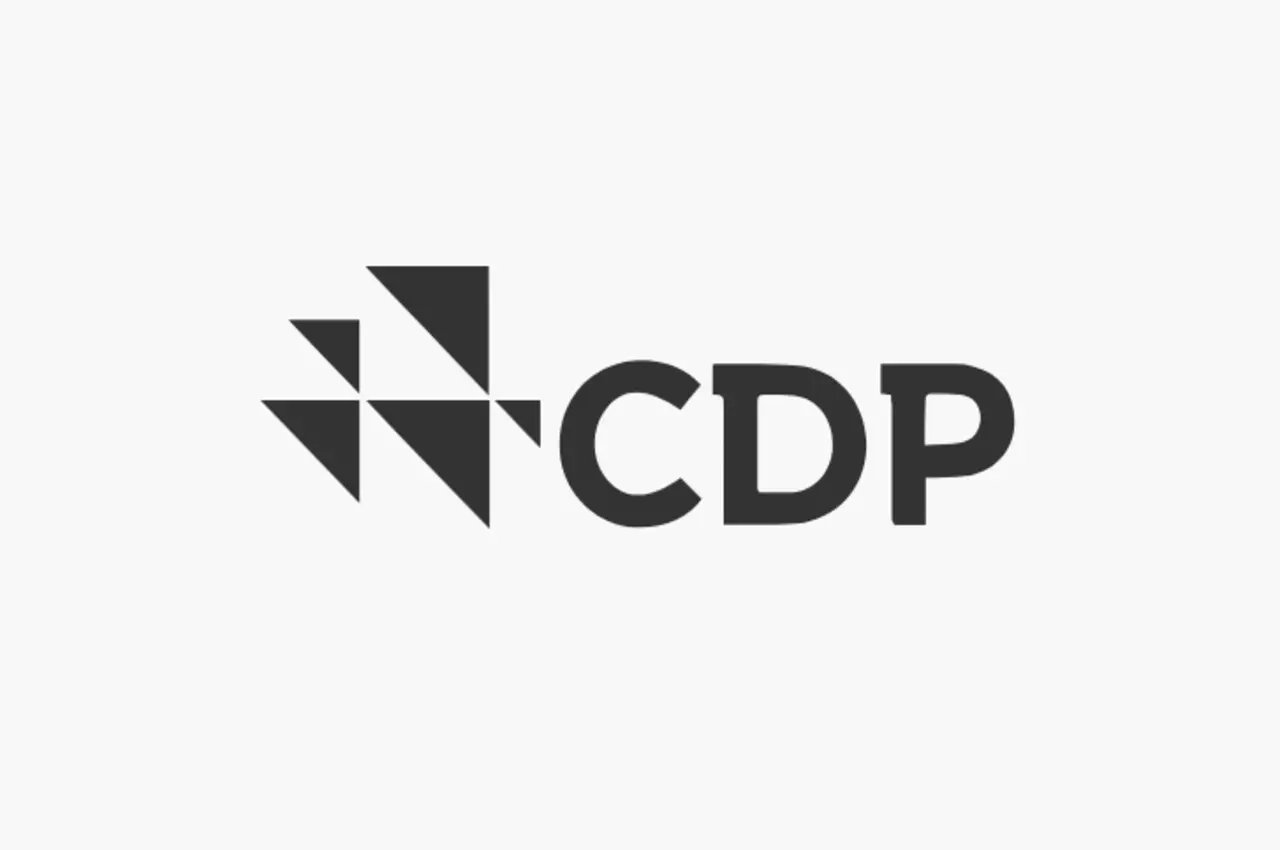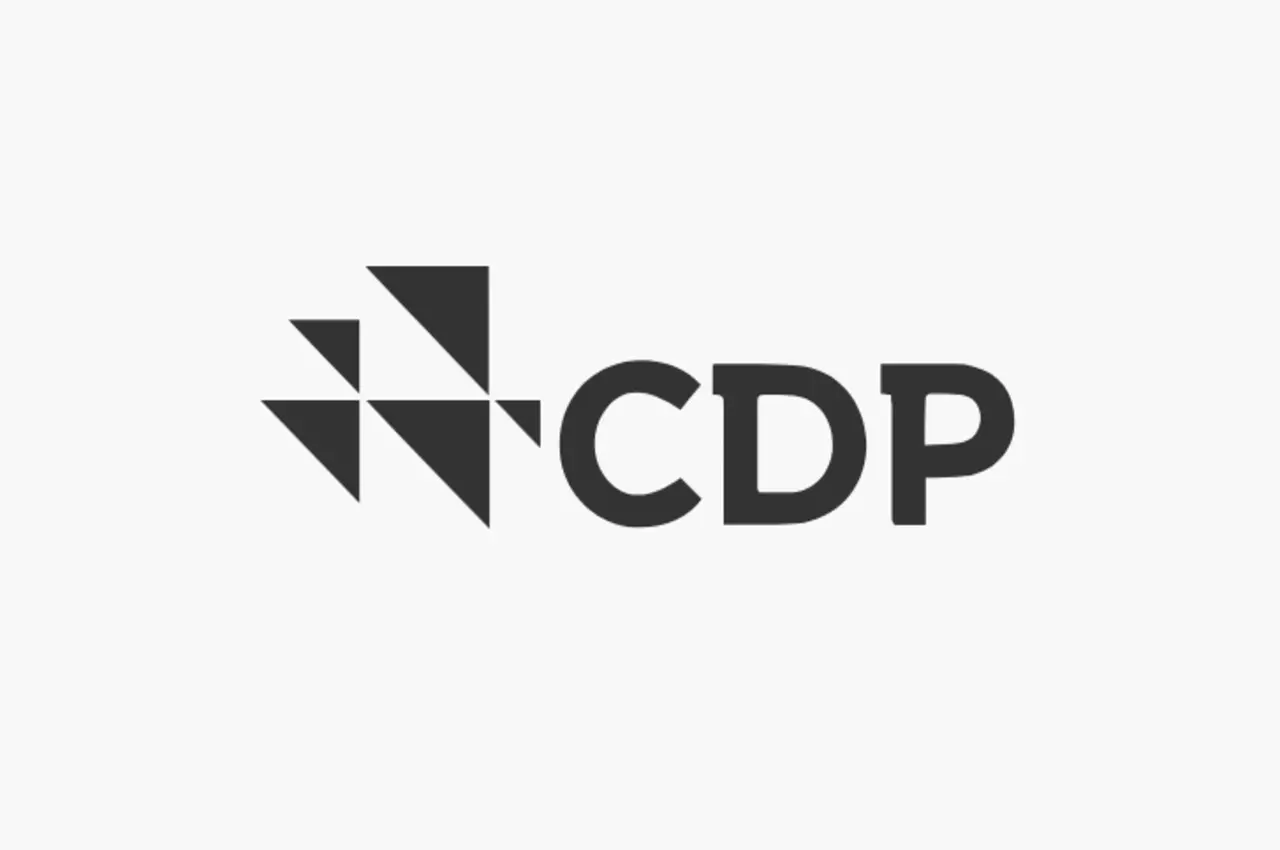Understanding the CDP (formerly Carbon Disclosure Project)
Table of contents
2. The history and evolution of CDP
3. How does the CDP scoring system work?
4. Why disclose environmental data?
5. What are CDP’s main objectives?
7. How does CDP support companies?
8. How to improve your CDP score ?
9. Improving CDP scores: The case of LISI Group and ClimateSeed’s support
What is the CDP?
The CDP (formerly the Carbon Disclosure Project) is an international non-profit organization that supports companies, cities, governments, and states in measuring, managing, and reducing their environmental impact. Established in 2000, it plays a central role in promoting environmental transparency through a standardized public disclosure system. By encouraging organizations to report their environmental data, CDP provides stakeholders (such as customers, investors, and regulators) with a clearer understanding of key issues and helps them make more informed and responsible decisions.
CDP focuses on three main areas:
-
Climate change, by collecting data on greenhouse gas emissions and the strategies companies implement to reduce them.
-
Water, by assessing how organizations manage this resource and the risks related to its scarcity or pollution.
-
Forests, by monitoring supply chains to limit deforestation and promote sustainable sourcing practices.
At ClimateSeed, we can support you with your CDP project. Find out more about our support here.
The history and evolution of CDP
Founded in 2000, CDP has become a global benchmark for environmental reporting. Its geographical reach now spans over 90 countries, and it collaborates with thousands of companies, clients, local authorities, and financial institutions. Strategic partnerships with investors, governments, and NGOs further strengthen its influence.
-
Geographical Expansion
Over the years, CDP has extended its influence far beyond the UK, where it was originally established. Today, it works with thousands of companies, local governments, and financial institutions. This expansion has enabled the diversification of data collection and provided a global perspective on environmental practices, while taking regional specificities into account.





-
CDP’s Strategic Partnerships
CDP relies on a network of investors, governments, NGOs, regulatory bodies, and states to integrate environmental issues into economic decision making. Its databases enable financial institutions to assess climate-related risks, while its public partnerships help shape policies that incentivize and reward the most committed companies.
How does the CDP scoring system work?
CDP assigns scores ranging from D- to A to assess the environmental performance of companies and local authorities. These scores are based on three main criteria: transparency, management, and the outcomes of environmental actions taken by reporting entities.
-
CDP 2025 Response Submission
Companies will be able to submit their responses to the CDP questionnaire starting the week of June 16, 2025. The deadline for scoring eligibility is the week of September 15, 2025. The questionnaire covers topics such as greenhouse gas emissions, water management, and deforestation-related risks. To ensure an accurate evaluation, responses must be well-documented, consistent, and detailed. -
Evaluation by CDP
CDP then evaluates the submitted responses using a scoring methodology tailored to each environmental domain (climate change, forests, and water). This methodology considers the quality of the data provided, the transparency of the information, the management of environmental risks, and the results achieved by the companies. Organizations are assessed based on their progress toward responsible environmental management and their efforts to reduce negative environmental impacts. -
Score Attribution
Following the evaluation, CDP assigns a score to each company, ranging from D- to A. This rating system reflects the level of environmental commitment : an A score recognizes leadership, while a D indicates an early stage of awareness. An F is given to organizations that fail to provide sufficient data to be assessed. These scores are designed to encourage continuous environmental improvement by offering clear benchmarks and targeted recommendations.
This system encourages companies to improve their environmental performance by providing clear benchmarks and targeted recommendations.

.png?width=1600&height=780&name=A%20screenshot%20of%20a%20computer_br__br_Description%20automatically%20generated%20(2).png)
Why disclose environmental data with the CDP?
-
Strengthening credibility
By disclosing their environmental data, companies demonstrate a commitment to transparency and accountability. This enhances their credibility among consumers, investors, and regulators, and improves their overall reputation. A transparent company is seen as trustworthy and reliable qualities that can attract more customers and business partners. -
Attracting ESG conscious investors
Investors are increasingly prioritizing Environmental, Social, and Governance (ESG) factors in their decision-making. By providing detailed environmental data, companies can appeal to investors who favor sustainable and responsible practices. A strong CDP score can reassure stakeholders and facilitate access to capital. -
Identifying climate risks and opportunities
Environmental disclosure helps companies identify the climate-related risks they face, such as the impact of climate change on their operations and supply chains. This insight enables more effective risk management strategies. Moreover, by better understanding the opportunities presented by the transition to a sustainable economy, companies can unlock new avenues for growth and innovation. -
Corporate social responsibility
Disclosing environmental data supports corporate social responsibility (CSR) efforts. By being transparent about their environmental impact, companies show they take their role in protecting the environment and supporting community well-being seriously. This can strengthen stakeholder trust and enhance relationships with customers, employees, and local communities. -
Combating climate change
Environmental transparency plays a vital role in the fight against climate change. It enables tracking of progress in reducing greenhouse gas emissions and encourages climate action. Companies can align their strategies with the goals of the Paris Agreement and actively contribute to the global shift toward a low carbon economy.
By attracting investors who prioritize ESG (Environmental, Social, and Governance) criteria, companies can gain easier access to financing. Moreover, disclosure enables organizations to identify climate related risks and sustainable growth opportunities, helping them develop more effective risk management strategies. It also contributes to corporate social responsibility (CSR) by demonstrating a company’s commitment to environmental protection and community well-being. Finally, by disclosing their environmental data, companies support the fight against climate change by aligning their strategies with the goals of the Paris Agreement and driving climate action forward.
In short, environmental disclosure is no longer just a regulatory requirement it has become a powerful strategic lever for building a more resilient, credible, and climate aligned business.
What are CDP’s main objectives?
The CDP (formerly the Carbon Disclosure Project) pursues several key goals:
-
Encouraging Transparency
To motivate companies, cities, and governments to disclose their environmental data transparently, thereby strengthening accountability and building credibility with stakeholders.
-
Driving Climate Action
To promote the reduction of greenhouse gas emissions by aligning corporate strategies with the goals of the Paris Agreement, including the setting of ambitious climate targets.
-
Promoting Sustainable Practices
To encourage environmentally responsible practices such as sustainable water management and deforestation prevention by providing targeted recommendations and sector-specific benchmarks.
-
Aligning Economic Actors with Global Climate Goals
To support collective efforts to limit global warming by working with governments, investors, and NGOs to integrate environmental criteria into economic decision making.
The CDP programs
Climate change
CDP provides a structured framework for assessing the credibility of corporate climate transition plans. This framework is based on the analysis of 21 key indicators across several dimensions: governance, climate scenarios, risk and opportunity management, strategy, financial planning, emissions reduction targets, carbon accounting (Scopes 1, 2, and 3), policy engagement, and value chain involvement. These elements enable the collection of accurate data on greenhouse gas (GHG) emissions, as well as the concrete actions implemented to reduce them.
The goal is to align corporate strategies with a trajectory consistent with a +1.5°C world, in accordance with scientific recommendations and the requirements of major international standards (such as IFRS S2, ESRS, TPT, GRI, etc.). By disclosing this data transparently, companies reinforce their accountability to stakeholders and actively contribute to the fight against climate change. CDP thus plays a central role in supporting economic actors on the path toward credible, measurable decarbonization aligned with the Paris Agreement.

Water
By assessing the impact of companies on water resources, CDP provides recommendations for more sustainable and efficient water management. Companies are required to disclose detailed information about their water use, including sources, withdrawal and discharge volumes, and to clearly identify water-related risks such as scarcity, pollution, and climate change impacts.
CDP also encourages companies to adopt Science-Based Targets for Freshwater, which enable organizations to set specific quantitative and qualitative goals tailored to local ecological limits and societal challenges. Key recommendations include reducing water withdrawals, promoting reuse and the restoration of natural flows, and collaborating with local stakeholders to effectively address water-related challenges at the watershed level.

Example of a science-based target for freshwater.
Source: https://sciencebasedtargetsnetwork.org/wp-content/uploads/Corporate-water-stewardship-and-science-based-targets.pdf
Forests
CDP’s forest management program places a strong focus on deforestation linked to supply chains particularly those involving soy, palm oil, and timber. The program aims to protect ecosystems and promote sustainable production. By monitoring deforestation practices and assessing the sustainability of supply chains, CDP encourages companies to adopt more responsible and environmentally conscious sourcing policies.
Companies are required to disclose information about their deforestation related practices, including the volume of commodities sourced from areas at risk of deforestation. CDP also evaluates the sustainability of corporate supply chains by examining forest management practices, environmental certifications, and no deforestation commitments. Through specific recommendations, CDP supports companies in adopting sustainable production practices, including the use of certified raw materials, the implementation of no deforestation policies, and collaboration with stakeholders to protect forest ecosystems.
How does CDP support companies?
The CDP (formerly the Carbon Disclosure Project) provides a detailed reporting framework and tools to help companies improve their environmental transparency. This framework is aligned with international standards such as EFRAG (European Financial Reporting Advisory Group) and the ESRS E1 (European Sustainability Reporting Standards), ensuring a consistent and comparable approach to environmental data disclosure. These standards enable companies to meet reporting requirements while promoting interoperability with other frameworks.
In addition, CDP offers sector-specific benchmarks that allow companies to compare their environmental performance with peers. These benchmarks, available on the CDP website, help identify weaknesses and set ambitious goals for improvement.
CDP also provides risk assessment tools, such as its questionnaire platform, enabling companies to better understand their vulnerabilities to climate risks, water scarcity, and deforestation. These tools, accessible through the CDP website, are designed to help companies identify risks and implement strategies to reduce their environmental impact.
Finally, CDP offers practical recommendations on reducing greenhouse gas emissions, improving water management, and implementing deforestation mitigation strategies. These recommendations are based on best practices gathered from participating companies and are detailed in CDP’s comprehensive guidance, available online.
The interoperability of these tools with standards like EFRAG and ESRS E1 enables companies to meet transparency requirements effectively while supporting their transition toward a more sustainable economy.
How to improve your CDP score ?
To improve their CDP score, companies can take several concrete steps:
-
Develop Clear Strategies
Companies should define specific environmental goals and action plans to achieve them. This includes identifying key areas for improvement, such as reducing greenhouse gas emissions, sustainable water management, and preventing deforestation. A clear strategy helps structure efforts and ensures that all actions align with overall environmental objectives. -
Set Ambitious Climate Targets
Companies should commit to reducing greenhouse gas emissions in line with scientific recommendations. This may involve adopting Science-Based Targets (SBTs) aimed at limiting global warming to well below 2°C, in accordance with the Paris Agreement. Ambitious goals demonstrate the company’s commitment to sustainability and can enhance its reputation among investors and consumers. -
Improve Data Collection
Implementing effective tracking and reporting systems is essential to ensure transparency. Companies must collect accurate data on their greenhouse gas emissions, water consumption, and deforestation-related practices. Data management tools can help automate this process and ensure the accuracy of disclosed information. -
Be Transparent in Communicating Results
Sharing progress and challenges with stakeholders is key to building trust. Companies should publish regular reports on their environmental performance, including details on actions taken, results achieved, and future plans. Transparent communication reinforces credibility and demonstrates a genuine commitment to sustainability.
By following these steps, companies can not only improve their CDP score but also enhance their credibility and appeal to investors and consumers. This contributes to environmental protection and creates long-term value.
Improving CDP scores: The case of LISI Group and ClimateSeed’s support
At ClimateSeed, we help companies improve their CDP ratings by assisting them in optimizing their responses so that they accurately reflect their climate commitments.
For example, the LISI Group, despite its strong commitment to climate transition, was unable to effectively promote its actions within the CDP framework. Before our support, its score was D. Thanks to our support in 2023 and 2024, LISI was able to improve its rating from D to B, then to A-.
To find out more, click here.
Are you also looking to strengthen your climate strategy and boost your CDP score? Please contact us.
Conclusion: The Challenges of Climate Change
Climate change has profound environmental, social, and economic consequences. It leads to extreme weather events, threatens biodiversity, and disproportionately affects vulnerable populations. From an economic perspective, it can result in significant losses and impact various sectors.
Businesses have a major responsibility in the fight against climate change. They must adopt sustainable practices, reduce greenhouse gas emissions, and manage their environmental impacts transparently. Initiatives like CDP are essential for promoting transparency, accountability, and climate action. By disclosing their environmental data and following CDP’s recommendations, companies can contribute to protecting our planet and building a more resilient and equitable future.
Sources
https://www.ibm.com/fr-fr/topics/carbon-disclosure-project
https://help.cdp.net/en-us/knowledgebase/article/KA-01083
https://resourcegovernance.org/sites/default/files/documents/ogp_divulguer-les-informations-environnementales.pdf
https://www.linfodurable.fr/finance-durable/professionnels/cdp-effets-dannonce-mais-peu-de-plans-de-transition-credibles-28153
Source
Share this
You May Also Like
These Related Stories

Preparing and Completing the CDP Questionnaire: Step-by-Step

CDP Resources: How to Access and Use Publicly Available Data


